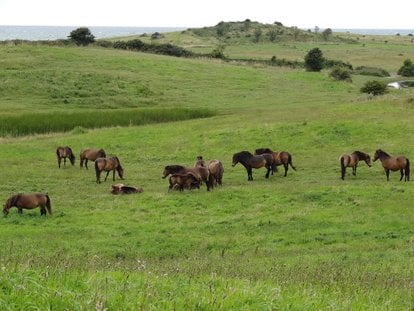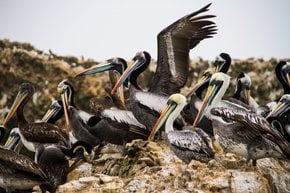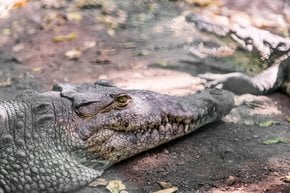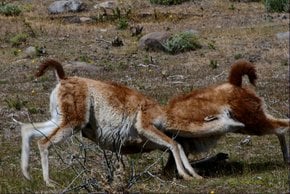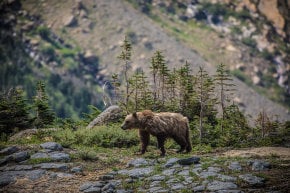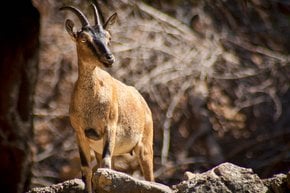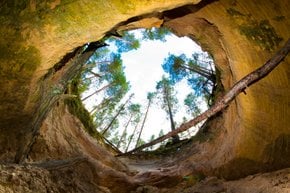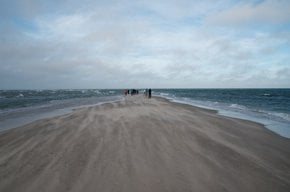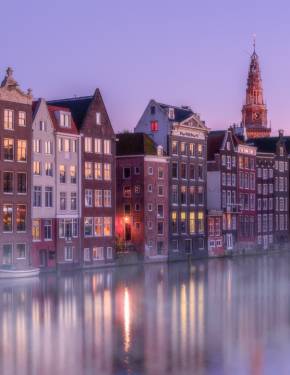Wild Horses in Denmark 2026
These noble creatures are left to wonder freely throughout Denmark
Best time: April–September
Although flocks of grazing wild animals is a rare sight in Europe, it's not that uncommon in Denmark. Especially when it comes to horses. Some of the few really wild horse populations left in the world can be found here. They are called wild because they are left to live naturally, with their own hierarchy and completely without human interference.
These horses are an important part of the country's natural life since there are lots of meadows, commons and moors that need grazing in order to let other plants grow (some of which rare) and the natural circulation work.
In Denmark, horses live usually in flocks from 50 to 80 individuals. Among places where it's possible to find them are Klise Nor in Bagenkop and Dovns Klint in southern Langeland. Spotting pairings and foals is easier in summer with the peak season between April and May.



